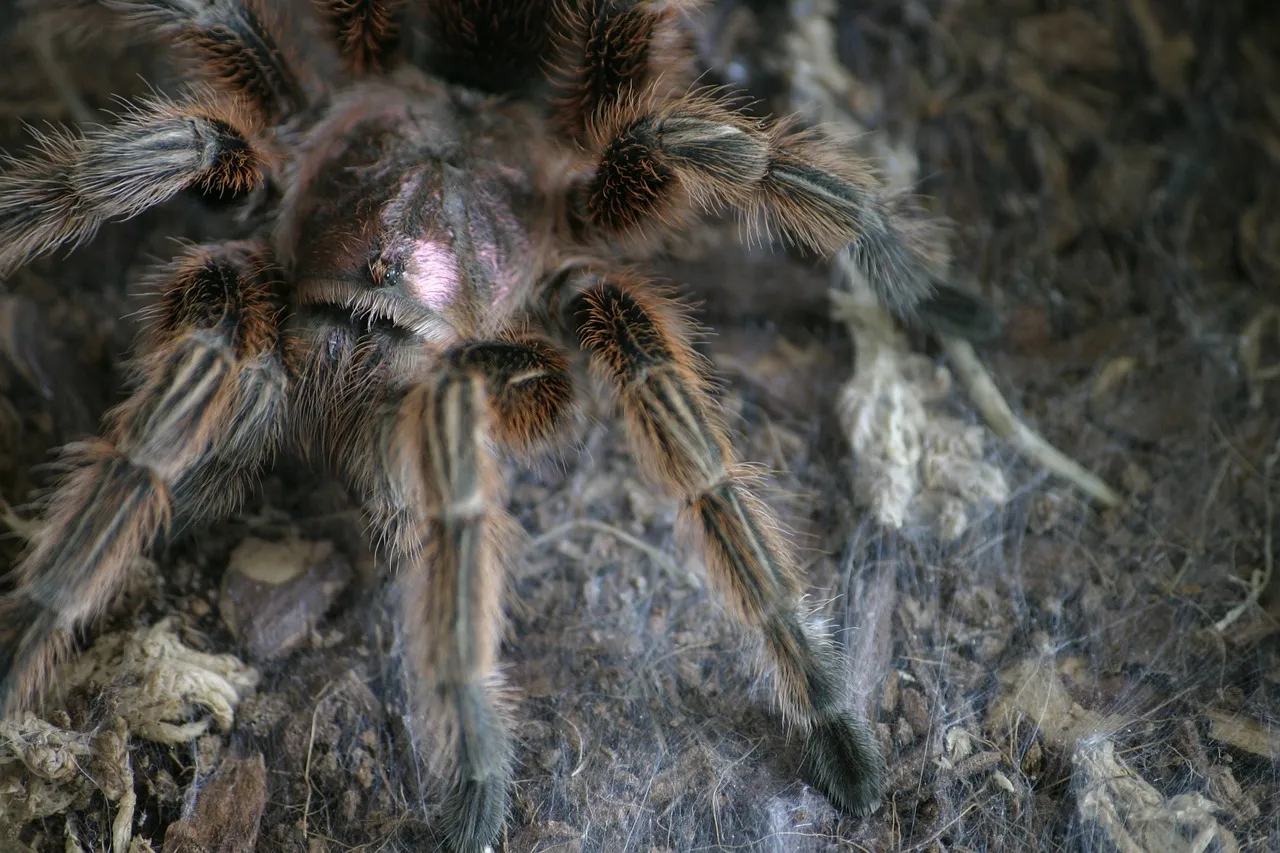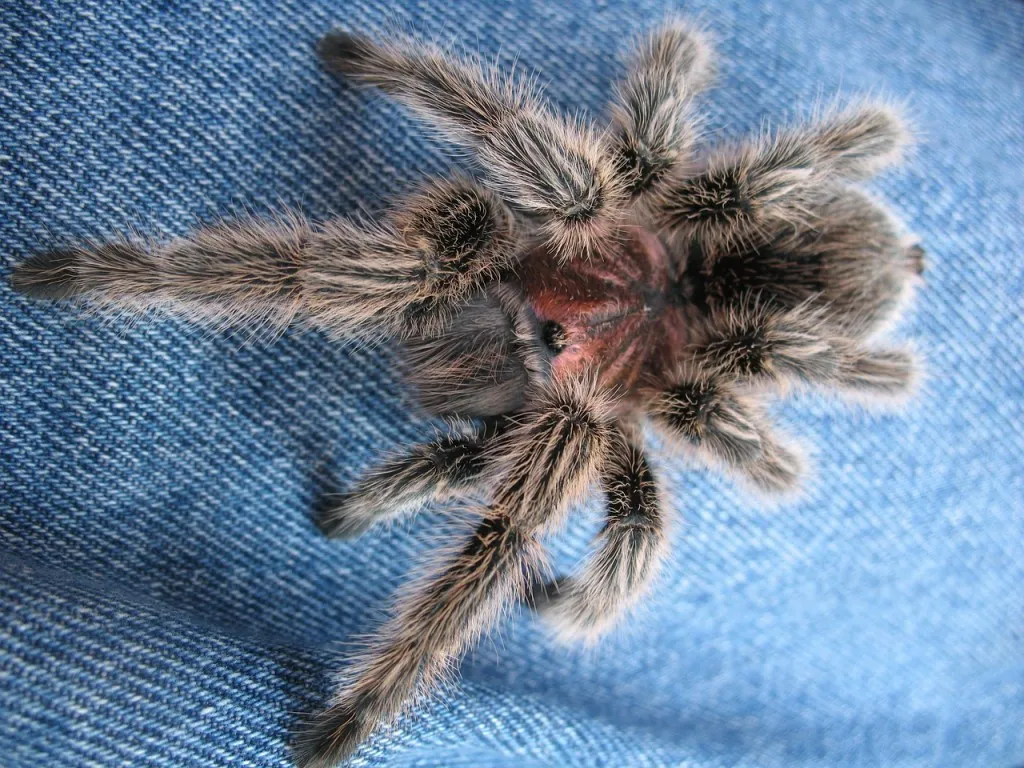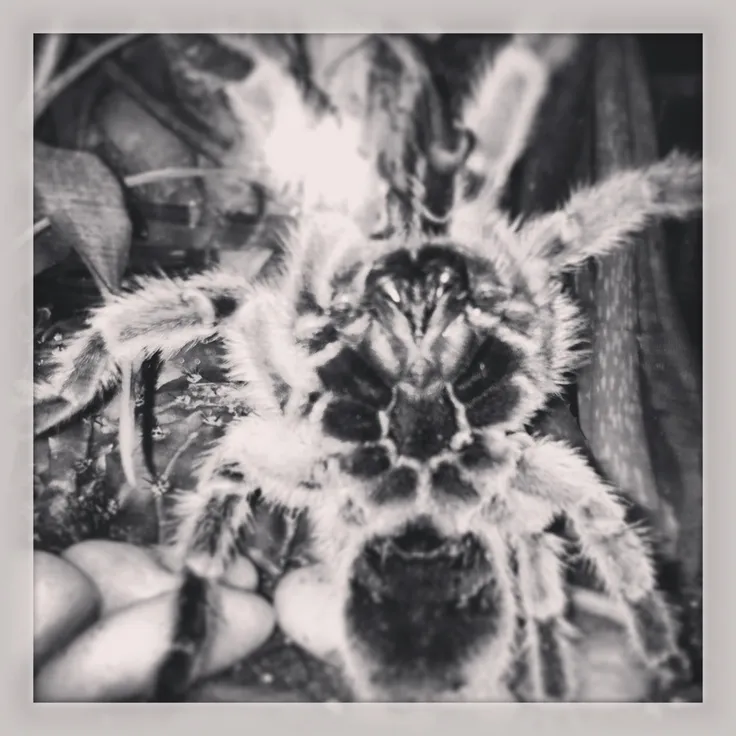Why Chilean Rose Tarantulas Stop Eating
As a Chilean Rose Tarantula owner, it can be concerning when your pet refuses to eat. These docile and relatively low-maintenance creatures typically have healthy appetites, making a sudden loss of interest in food a cause for concern. Several factors can contribute to a tarantula’s reluctance to eat, ranging from environmental issues to underlying health problems. Understanding these potential causes is crucial for ensuring the well-being of your spider. This article explores the most common reasons why a Chilean Rose Tarantula might stop eating, providing insights and actionable steps to help you address the issue and get your pet back on track.
Temperature and Humidity
Temperature and humidity are critical environmental factors that directly impact a Chilean Rose Tarantula’s appetite and overall health. These spiders thrive in specific conditions, and deviations from those conditions can lead to a loss of appetite, lethargy, and other health issues. It’s essential to meticulously manage your tarantula’s enclosure to ensure optimal conditions and encourage healthy feeding behavior. Monitoring these parameters helps to prevent your tarantula from rejecting its meals, ensuring a long and healthy life. Ensure the enclosure maintains the proper temperature and humidity levels consistently to avoid appetite loss and other related health problems.
Ideal Temperature Range

Chilean Rose Tarantulas generally prefer a temperature range between 70°F and 80°F (21°C and 27°C). Maintaining this temperature range is crucial for their metabolism, digestion, and overall well-being. If the temperature is too low, their metabolism slows down, leading to a decreased appetite and a reluctance to feed. Conversely, excessive heat can stress the tarantula and also impact its eating habits. Using a reliable thermometer is essential to monitor the enclosure’s temperature. If necessary, use a heat mat or a low-wattage heat lamp, carefully positioned to avoid overheating the enclosure, to maintain the ideal temperature range.
Maintaining Humidity Levels
Humidity is just as important as temperature. Chilean Rose Tarantulas need a humidity level of around 60% to 70% to stay healthy. Low humidity can lead to dehydration, making it difficult for the tarantula to molt properly and affecting its appetite. To maintain the correct humidity, regularly mist the enclosure with dechlorinated water, but avoid oversaturating the substrate. The substrate should be slightly moist but not wet. A hygrometer is a valuable tool for monitoring humidity levels. Proper ventilation is also important; ensure the enclosure has adequate airflow to prevent mold growth while maintaining the desired humidity level. An adequate supply of clean water must be available at all times.
Molting Process
Molting is a natural process where tarantulas shed their exoskeletons to grow. During this time, they typically stop eating. Understanding the molting process and recognizing its signs can help you avoid unnecessary worry and provide the appropriate care for your tarantula. The molting cycle varies depending on the spider’s age and growth rate, but it’s a crucial aspect of their life cycle and a common reason for refusing food. Providing a stress-free environment during this period is essential for a successful molt, and it’s generally best to avoid offering food until the tarantula has completed the process and has hardened its new exoskeleton.
Signs of Imminent Molting

Several signs indicate that your Chilean Rose Tarantula is about to molt. One of the most obvious is a swollen abdomen, which occurs as the tarantula prepares to shed its exoskeleton. The spider may also become less active and spend more time hiding in its burrow or under a hide. The exoskeleton may darken or appear dull, and the tarantula might refuse food for several weeks or even months before molting. You might also notice the tarantula constructing a web mat to help with the molting process. Recognizing these signs can help you anticipate the molt and prepare the enclosure accordingly.
What to Do During Molting
During the molting period, it’s important to provide a safe and stress-free environment. Keep the enclosure at the proper temperature and humidity levels. Avoid disturbing the tarantula by refraining from handling or any unnecessary interactions. Ensure the enclosure has a shallow water dish. Do not offer food until the molting process is complete and the tarantula has hardened its new exoskeleton. Once the tarantula has molted, it will likely be very hungry, so you can then offer a small meal, gradually increasing the size as the tarantula recovers and begins to eat regularly. Patience and observation are key during this phase.
Prey Size and Type
Offering the right type and size of prey is essential for encouraging your Chilean Rose Tarantula to eat. The tarantula’s appetite can be affected by the food provided; offering prey that is too large, unsuitable, or in poor condition can result in your pet refusing its meals. Correctly assessing the size of prey items in relation to the tarantula, and sourcing high-quality food, will have a direct impact on the health and well-being of your spider. Regularly evaluating the prey selection, along with other variables, ensures an optimal feeding routine.
Choosing the Right Prey

The most common and suitable food for Chilean Rose Tarantulas is insects, such as crickets, mealworms, and roaches. It’s important to vary the diet occasionally to provide a good range of nutrients. The prey should be gut-loaded (fed nutritious food before being offered to the tarantula) to improve its nutritional value. Avoid feeding wild-caught insects, as they might carry parasites or pesticides that can harm your tarantula. The insects should be alive and active, as this will trigger the tarantula’s hunting instincts. If the prey is dead or too slow, the tarantula might not recognize it as food. Choose prey that is no larger than the tarantula’s body size.
Avoiding Overfeeding
Overfeeding can lead to a loss of appetite, as the tarantula may not feel hungry. It’s best to feed your Chilean Rose Tarantula once or twice a week, depending on its age and size. Young tarantulas need to eat more frequently than adults. Remove any uneaten prey within 24 hours to avoid stressing the tarantula and preventing the risk of the prey harming the spider. Overfeeding can also lead to obesity and other health problems. Observing the tarantula’s behavior and body condition will allow you to regulate the feeding schedule to avoid any health issues. Monitoring its abdomen to see if it appears too plump is also an important factor to note.
Stress and Environmental Factors
Chilean Rose Tarantulas are sensitive to stress, which can manifest in various ways, including a loss of appetite. Environmental factors, such as disturbances, inadequate hiding places, and poor enclosure design, can all contribute to stress. Creating a comfortable and secure environment is key to keeping your tarantula healthy and encouraging it to eat. The goal is to mimic its natural habitat and ensure the tarantula feels secure within its enclosure, which is very important for the tarantula’s physical and psychological well-being. Minimize stress factors as much as possible.
Minimizing Disturbances

Tarantulas are solitary creatures and do not enjoy frequent handling or disturbances. Excessive handling, loud noises, or vibrations near the enclosure can cause stress, leading to a decreased appetite. Place the enclosure in a quiet area away from direct sunlight, drafts, and high-traffic zones. Avoid tapping on the glass or making sudden movements near the enclosure. Handle your tarantula only when necessary and with extreme care. If your tarantula is not eating, it’s a good idea to leave it alone and avoid any unnecessary interaction, allowing it to feel safe and undisturbed.
Providing Hiding Places
A secure and safe environment is crucial for a tarantula’s well-being. Providing ample hiding places allows your tarantula to retreat when it feels threatened or stressed. This can include a hide, such as a piece of cork bark, a hollow log, or a commercially available tarantula hide. Make sure the hide is the right size for your tarantula. The hide should be large enough to allow the tarantula to fit comfortably but not so large that it feels exposed. A properly designed enclosure with suitable hiding places will provide your tarantula with a sense of security, encouraging healthy behavior and reducing stress. A secure environment can often resolve feeding issues.
Illness and Parasites
Although relatively hardy, Chilean Rose Tarantulas can still suffer from illnesses or be affected by parasites, both of which can affect their appetite. If you have ruled out environmental and behavioral factors, consider the possibility of a health issue. Recognizing the signs of illness early on and seeking veterinary care when needed is vital for your tarantula’s health. It’s important to be vigilant and observant, noting any changes in behavior or physical appearance. The best course of action will be to act quickly to determine the root cause of any illness or health issues. If a tarantula exhibits these symptoms, immediate action should be taken.
Recognizing Signs of Illness

Signs of illness in Chilean Rose Tarantulas can include lethargy, loss of appetite, unusual posture, tremors, and discharge from the mouth. You may also notice a change in color or the presence of parasites. If your tarantula appears listless, doesn’t respond to stimuli, or shows signs of injury, it could be ill. Watch out for any changes in its behavior or physical appearance. The presence of parasites, such as mites, can also cause stress and affect the tarantula’s health. Inspect your tarantula regularly for any signs of these issues. Contacting a veterinarian who specializes in exotic animals is essential if you suspect your tarantula is ill.
When to Seek Veterinary Care
If your Chilean Rose Tarantula stops eating for an extended period, shows signs of illness, or exhibits any unusual behavior, it’s time to seek professional veterinary care. While some issues can be resolved by adjusting the environment or the care routine, others may require medical intervention. A veterinarian specializing in exotic animals can diagnose the problem and recommend appropriate treatment. Be prepared to provide information about your tarantula’s care, including its enclosure setup, feeding habits, and any recent changes. Early intervention can improve the chances of a full recovery and ensure the long-term health and well-being of your pet. Do not attempt to treat your tarantula without professional guidance.
In conclusion, a Chilean Rose Tarantula refusing to eat can be concerning, but it’s often caused by factors that can be addressed with careful observation and adjustments to its environment and care. By understanding the potential causes, such as temperature and humidity, molting, prey type, and stress, you can take the necessary steps to ensure your tarantula thrives. Always prioritize providing a safe and comfortable environment, and don’t hesitate to seek expert advice if you are concerned about your pet’s health. With patience and the right care, you can help your Chilean Rose Tarantula regain its appetite and live a long and healthy life.
